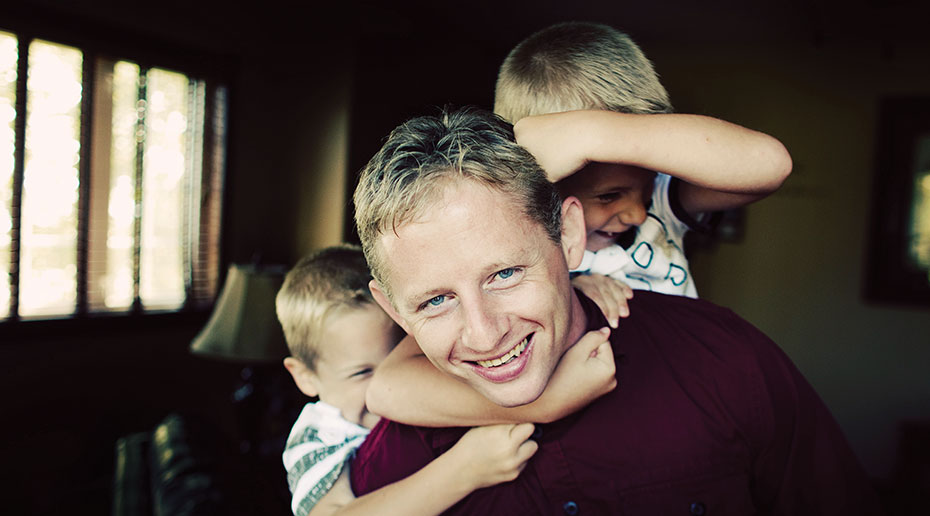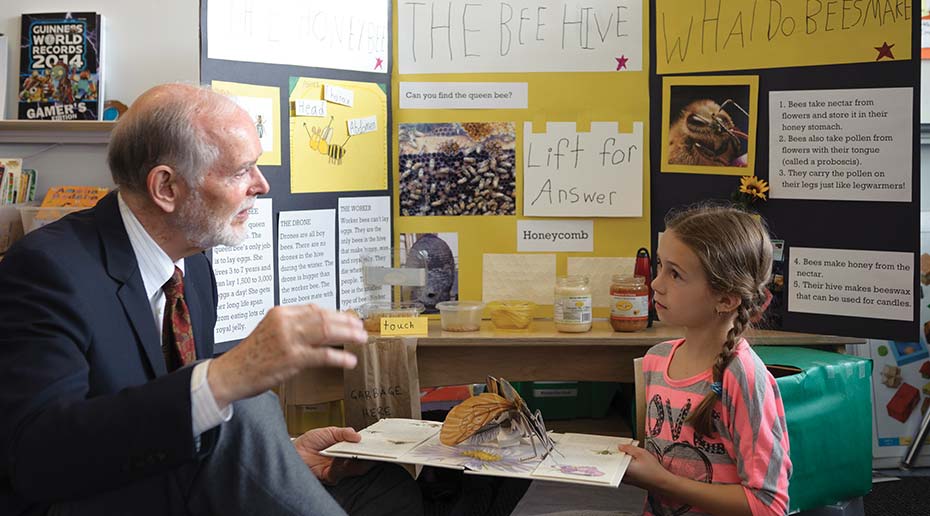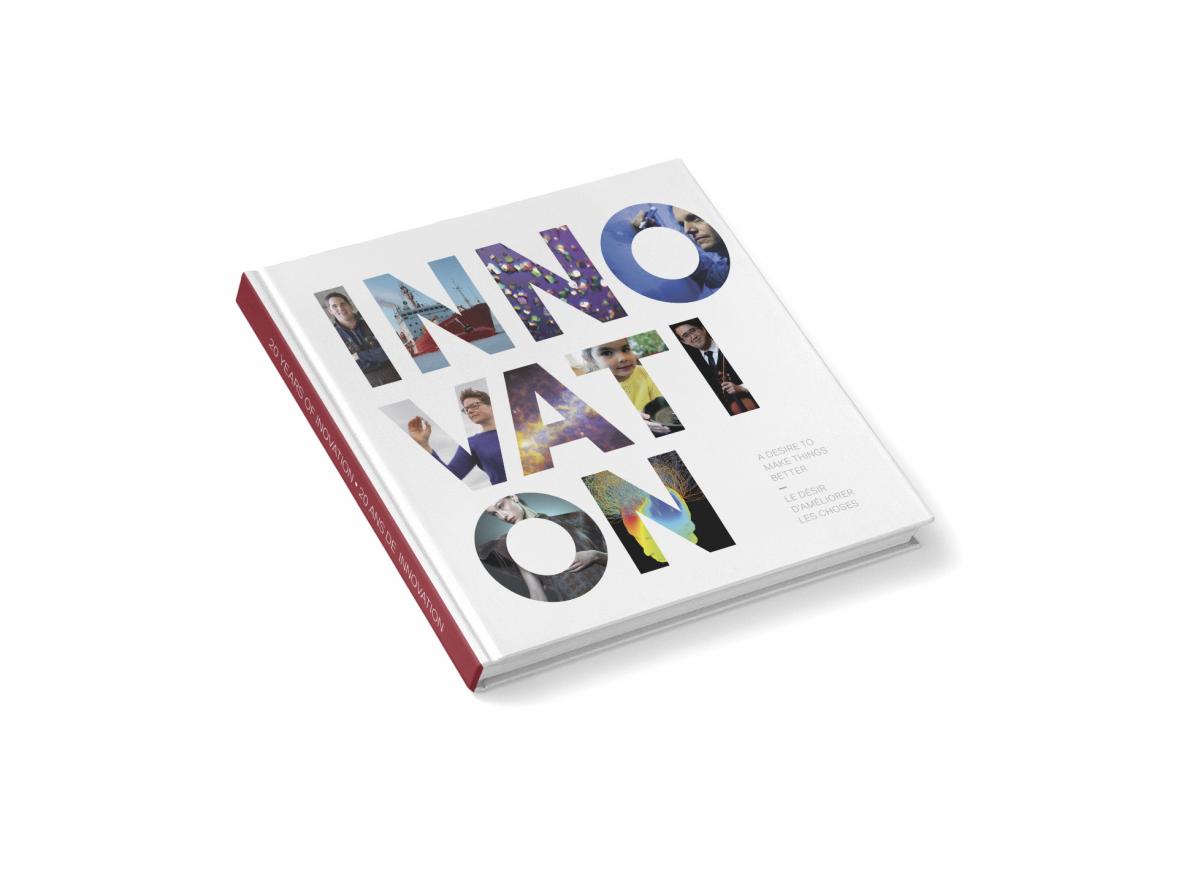Should a woman prescribed antidepressants continue taking them while pregnant? The question is fraught — her health and that of her unborn child is at stake. Yet research to help her and her doctor make that decision is incomplete. Scientists at the Université de Montréal are filling in the blanks. They are building the world’s only super-database, the Quebec Pregnancy Cohort, which matches drug exposure to gestational age, providing crucial insight for the risks and benefits of medication during pregnancy. The database has already yielded a better understanding of links between treatments and health outcomes for both mothers and children.
Image: ThinkStock

Mending broken hearts and lifting a family’s genetic curse. Memorial University of Newfoundland.
The dream of modern genomics — DNA tests to predict who will get potentially fatal conditions, and procedures to save them — is being realized as a result of research into the genetics of 27 families in Newfoundland. Memorial University researchers have discovered a genetic mutation that causes arrhythmogenic right ventricular cardiomyopathy, infamous as a cause of sudden cardiac death in previously healthy athletes. Up to 1 in 1,000 people carry this gene mutation, including Rick Ralph, shown here with his children. The good news is that implanting a type of device known as a cardioverter defibrillator gets the heart beating again.
Images: Dave Howells/Memorial University of Newfoundland

Developing teaching models to engage students’ imaginations and emotions to explore the world. Simon Fraser University.
School can be boring, but it doesn’t have to be. Kieran Egan, founder of the Imaginative Education Research Group, talks with third-grader Ashley Srdanovic about her portfolio on bees. He and his fellow researchers at Simon Fraser University are working to find ways teachers can engage students’ imaginations and emotions in learning. One of their programs, Learning in Depth, begins with a ceremony in which each child is given a topic — birds or apples or whales, for example. Students then spend about an hour a week for the rest of their schooling building portfolios on their topics. By the time each student finishes high school, she or he is an expert on something.
Image: Joeri Cant
View “PART X: From the outer reaches of the universe”
View “PART XII: To what makes us human”
Return to the whole collection of “Innovation: a desire to make things better”
INNOVATION: A DESIRE TO MAKE THINGS BETTER
A commemorative book to mark 20 years of the Canada Foundation for Innovation








